For her day job, Amie D Dansby works as a software simulation developer, creating simulations for video games. In her free time, she’s implanting the key to her Tesla in her arm, building cordwood jewelry and cosplay swords, and seeking out other adventures in electronics and 3D printing. Amie has made a name for herself in the 3D printing community, and she is surrounded by fans when she attends the RepRap meetups and Maker Faires.
She was also popular at this year’s Hackaday Superconference, where she gave a talk on the integration of 3D printing and electronics. Amie’s work concentrates on props and cosplay, which is a skill unto itself, and you only need to look at some of the old Mythbusters, the documentary footage from ILM, or even model makers to realize this is an arcane art that takes a lot of skill. Lucky for us, Amie was there to show us the tricks she’s picked up over the years to make building a one-off piece easier than you could imagine.
Continue reading “Hackaday Superconference: 3D Printing For Electronics”


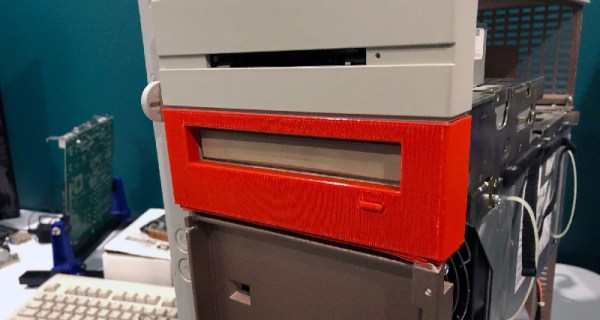
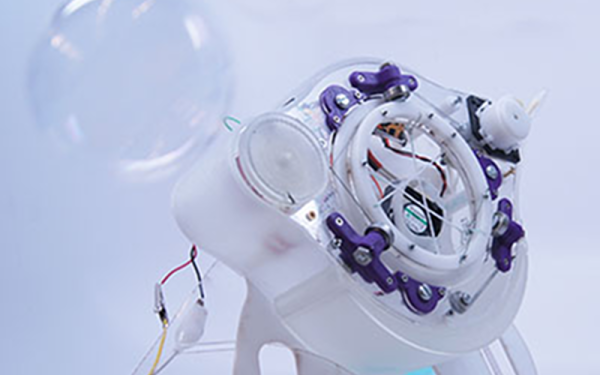
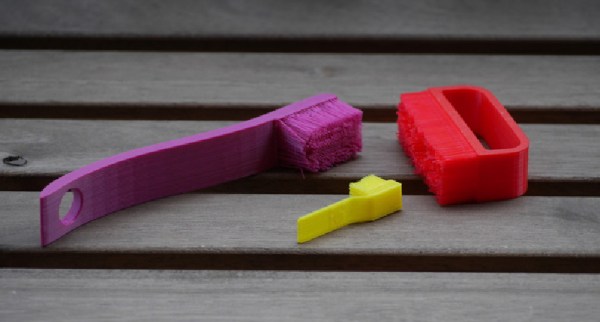

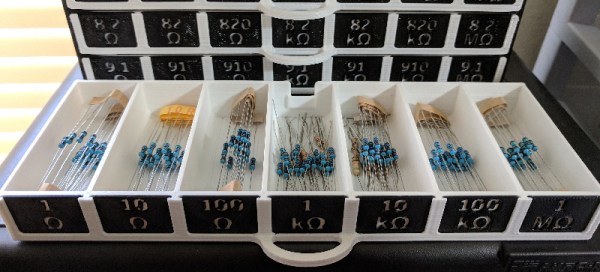
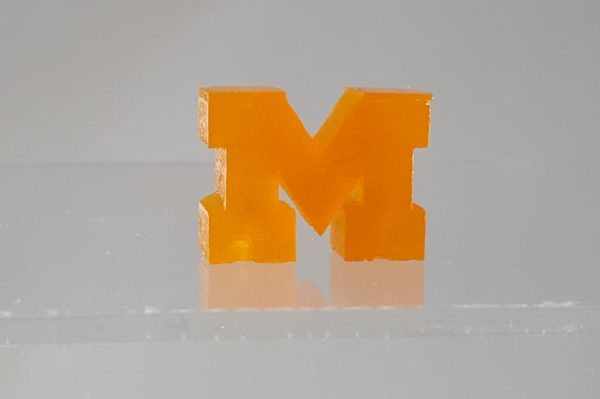
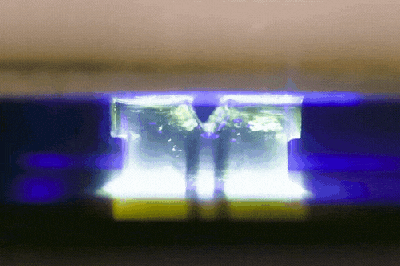 University of Michigan have figured out a way to
University of Michigan have figured out a way to








